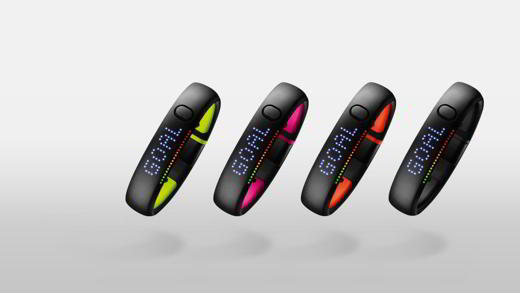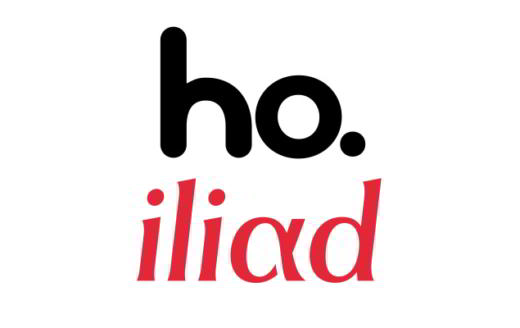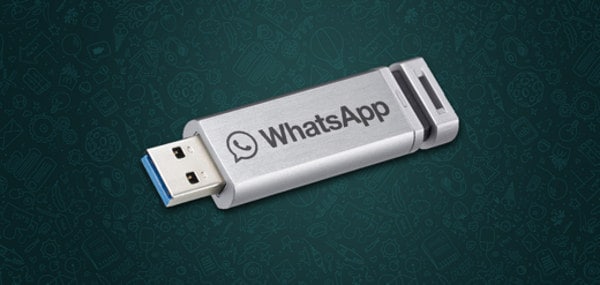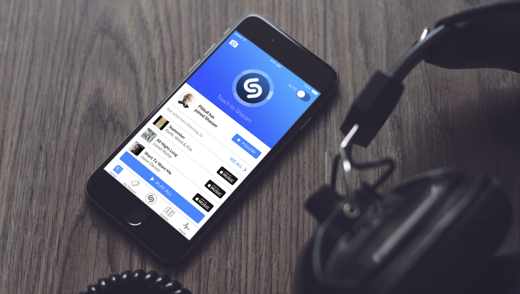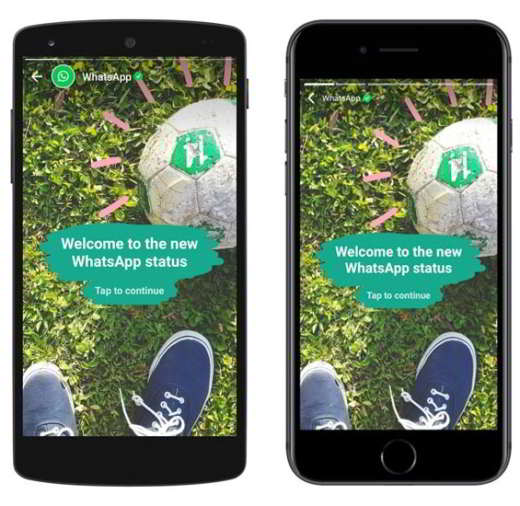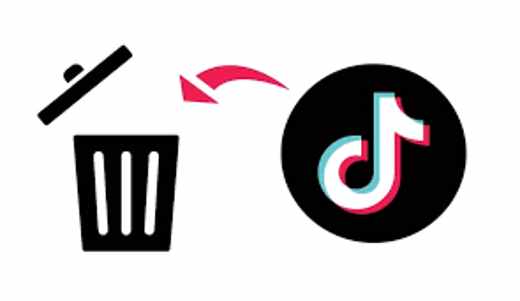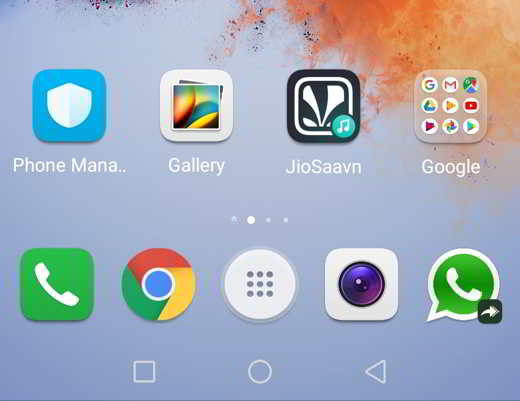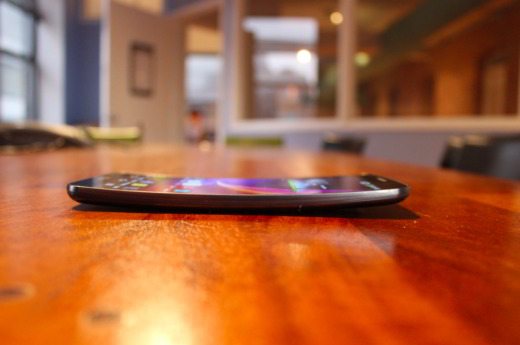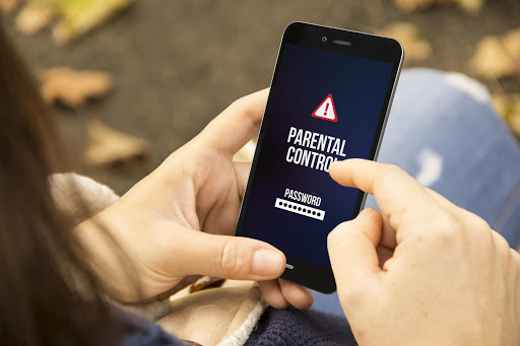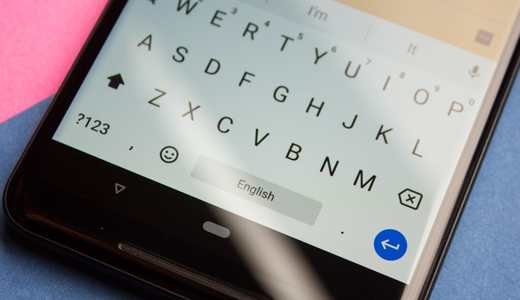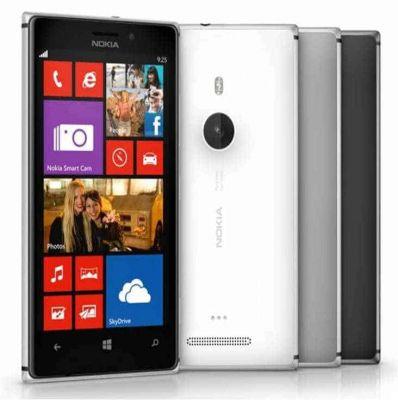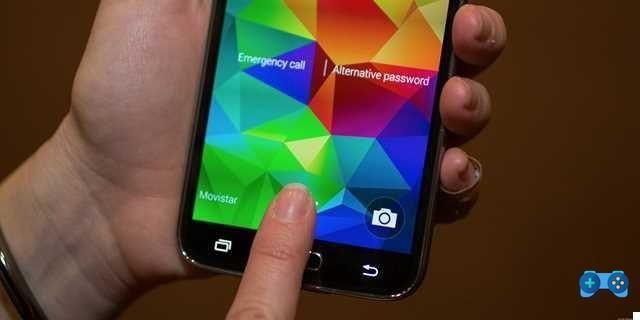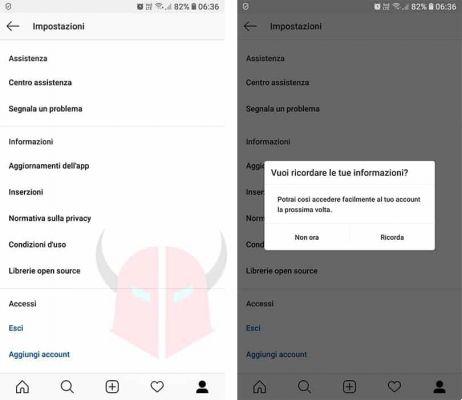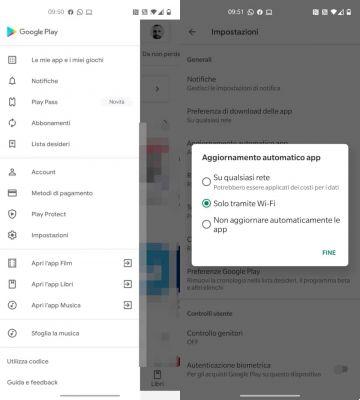For some time there has been talk of ultra-broadband, or optical fiber. Among the questions found on the Web, the most common are: what is Optical Fiber? How to check the coverage of the optical fiber? In this guide I will reveal to you everything you need to know about Optical Fiber answering the most frequently asked questions from network users.
Optical Fiber is a much faster type of connection than ADSL which for decades has brought the Web into our homes using the copper cable or twisted pair (where a small part of the band is used not only for the data connection but also for voice transmission) with an average download speed from 7 Mb / s to 20 Mb / s.
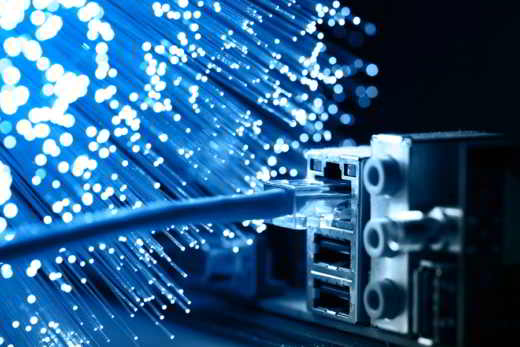
The optical fiber cable uses fiberglass or polymeric filaments, each of which has a thickness similar to that of a hair. These filaments are held together by a protective rubber sheath. Each filament is made up of two concentric sections. The internal one is more transparent and is used for the propagation of the light pulse. The external one, on the other hand, is more opaque and has mirrored walls, so that the light pulse can propagate in the internal section for long distances by continuously reflecting on the parts of the external section. Fiber optic cables not only allow the transport of more data per unit of time but are also lighter, more flexible and more resistant to climate change and interference.
With fiber, speeds of up to 1024 Mb / s or 1 Gb / s can be achieved without degradation over long distances. The two most common types of networks are FTTS and FTTH.
WHAT ARE THE DIFFERENCES BETWEEN FTTC AND FTTH
As an alternative to the traditional access network consisting of FTTx (Fiber To The X) copper pairs, it indicates a network architecture that uses optical fiber to carry signals. The different architectures vary based on the distance between the end user and the optical fiber.
- FTTC (Fiber To The Cabinet) o FTTS (Fiber To The Street), the fiber optic cable reaches the cabinet that serves the area where you live. From the cabinet to the user's home, the connection always remains via the twisted pair. This type of line uses VDSL (Very High-Speed Digital Subscriber Line) technology and the cabinet that connects the area to the telephone exchange is less than 300 meters from the home. This is the most widespread type of connection and also the one that Telecom is introducing to cover all municipalities. By exploiting the VDSL technology it is possible to reach a maximum speed of 100 Mbps, provided that the operator has adapted the control unit to support this speed.
- FTTH (Fiber To The Home), the fiber optic cable reaches the home directly. This is a more performing type of connection that requires higher cabling costs. Fastweb, for example, uses one or the other type of connection.
The FTTC connection type is simpler and less expensive to implement because it does not involve housework. Today almost all operators offer the FTTC connection with advantageous offers.
The other network architecture of Optical Fiber are:
- FTTN or FTTE (Fiber To The Exchange) the fiber optic cable reaches a general control cabin and is meters or kilometers away from the user's home. In this way theLast mile it conserves the copper wiring which will result in a degradation in the performance of the line.
- FTTB (Fiber To The Building or Fiber to the basement) the fiber optic cable reaches the outer limit of the building (for example a condominium connection). The telephone line reaches the apartment buildings through the copper pair and the connection speed should not be affected by signal degradation.
- FTTP (Fiber To The Premises) means fiber optic links for FTTB or FTTH type which are used for small business or household purposes.
WHAT LAST MILE MEANS
Most of the fiber connections that are sold for domestic users are of the FTTC type, i.e. the optical fiber reaches the proximity cabinet, while for the last stretch up to the home (we are talking about 300 meters) the twisted pair is used. copper telephone. This type supports a speed of about 100 Mbps, but in practice the performance is lower. The length and quality of the copper pair used for the last stretch greatly affects the maximum speed that can be reached. The more you move away from the control unit, the more performance declines. It is therefore easy to reach a speed lower than the advertised 100 Mbps, but it will always be higher than the ADSL connection.
FTTH connections, where the fiber optic cable reaches inside the user's home, can also have lower performance, but in this case the causes are external interference.
WHAT IS THE DIFFERENCE BETWEEN FIBER AND VDSL
VDSL (Very High-Speed Digital Subscriber Line) is a technology that allows you to take advantage of the telephone twisted pair to reach a speed of 300 Mbps for short distances (not exceeding 50 meters). The VDSL2 version allows for superior performance and up to 100 Mbps with a maximum distance of 500 meters. Most ultra-fast connections use this technology and for this reason they are called Fiber, but the actual fiber optic connection is only the power plant to the cabinet from which the copper cables for homes or offices depart.
WHAT IS THE MAXIMUM SPEED THAT CAN BE REACHED BY THE OPTICAL FIBER
The home connections currently available in Spain allow a maximum speed of 300 Mbps. It all depends on the technology used. To date, Telecom uses FTTC technology and provides a connection at 30 Mega, optionally also at 50 Mega. Vodafone offers 30, 100 and 300 Mbps depending on the city. Fastweb, on the other hand, reaches up to 100 Mbps and in the future could offer connections up to 400 Mbps.
HOW TO CHECK OPTICAL FIBER COVERAGE
Each operator offers a service for check the fiber optic coverage of your offer, below you will find the verification links made available by the various telephone operators.
- Check the TIM fiber optic coverage
- Check the Fastweb Fiber Optic coverage
- Check the Vodafone Fiber Optic coverage
- Check the Tiscali Fiber Optic coverage
On Infratel, a company of the Ministry of Economic Development, you can check broadband coverage in Spanish cities. It is possible to check the coverage for your region and your city, both for ADSL and for Fiber. On the site it is also possible to be updated on the progress of work on broadband.
HOW TO SWITCH TO FIBER OPTICS WITH MODEM INSTALLATION
Switching to a fiber optic connection means replacing the old ADSL modem with a new compatible one, usually provided by the provider with which you have subscribed. From the point of view of interfaces and operation, nothing changes, a VDSL modem is practically the same as an ADSL one.
IL VDSL it therefore has a port for connecting the telephone copper pair, Ethernet ports, Wi-Fi and USB ports for sharing printers and memory devices. The modem provided by the operator also manages the voice part provided through the technology VoIP. So if you intend to replace the operator's set, you will have to take into account that you will lose the telephone part.
If you want to avoid losing the voice part, you can connect it in cascade to the operator's modem, leaving the latter the task of functioning as a pure modem, while the connections within the home network will be managed by the new router.
IS IT POSSIBLE TO USE A OWNER MODEM FOR THE FIBER?
In general, it is possible to use a proprietary modem compatible with VDSL technology, instead of the one provided by the operator, but only for the Internet connection. Some operators also provide a telephone number that works via VoIP (eg Telecom). By replacing the modem provided by the operator with another, you will lose the use of the telephone number because the configuration parameters for VoIP are not provided.
HOW TO INSTALL AND CONNECT A FIBER MODEM ROUTER
Have you switched to Optical Fiber and need to connect and activate the modem router that TIM has provided you? The first step to activate the fiber optic modem router is to connect the DSL filter to the telephone socket, then the gray cable from the MODEM port of the DSL filter to the ADSL / VDSL port of the modem. Connect the black cable from the TEL port of the DSL filter to the PSTN port of the modem. Turn on the modem and wait for the ADSL / FIBER and Service LEDs to turn solid green.
Connect the base of the cordless phone to one of the two red Line 1 or Line 2 ports on the modem and check that the corresponding LED on the front panel is Green. At this point, call the toll-free number 800001949 and follow the instructions of the recorded voice to confirm the activation of the subscribed offer.
From the PC connect to the Wifi of the TIM Fiber modem using the key indicated on the label available in the lower panel. Once connected, start the browser by typing the address 192.168.1.1 and press Enter to access the modem manager panel from which to make all configurations.
How to configure cordless Dect - if you don't know, you can connect up to two telephones with cable or up to four cordless phones to the TIM modem than. To do this, you need to reset the mobile phone to unpair it from its base. Then press the Dect modem Telecom button for 5 seconds and release it. The LED on the front panel will start flashing. From the Settings menu of the cordless phone, register the telephone to the modem and enter the PIN 0000, if requested.
How to configure smartphone as cordless - through the TIM Phone app (for Android and iOS) you can use your smartphone as a cordless phone and send and receive calls through your landline number. After installing the app, start it and enter the landline number and stop on Associate number.
HOW TO SOLVE WIRELESS FIBER OPTIC CONNECTION PROBLEMS
If you encounter wireless connection problems with the Fiber Optic modem, the first step is to change the Wifi encryption key. Just start the browser and point to page 192.168.1.1 to access the Telecom modem management panel. Then move to Basic / Wi-Fi settings and modify the Encryption mode for Wireless networks in WPA-PSK TKIP 256-bit.
If the problem persists, connect the Telecom modem with a separately purchased external wireless router to create a new WiFi network.
HOW TO CHECK THE PERFORMANCE OF YOUR FIBER OPTIC CONNECTION
Once you have installed everything to check the speed of your connection you can go to the site Speedtest. Before starting, make sure there are no other devices connected to the Internet on the network that could affect the measurement. Then select the closest server and click on BEGIN TEST.
After a few seconds you will have the download and upload speed of your connection and you can compare it with that declared by the operator. In the event that the values should be very different you can contact the Internet provider to check if there are real problems on the network.
THE BEST OFFERS OF OPTICAL FIBER FROM TELEPHONE OPERATORS
After answering all these questions, here we are at the end of this guide. What is the best Fiber Optic offer? I advise you to evaluate signal strength and coverage but above all the quality and price ratio. Having said that you can take a look at the fiber optic offers comparator: SOStariffe.com.




